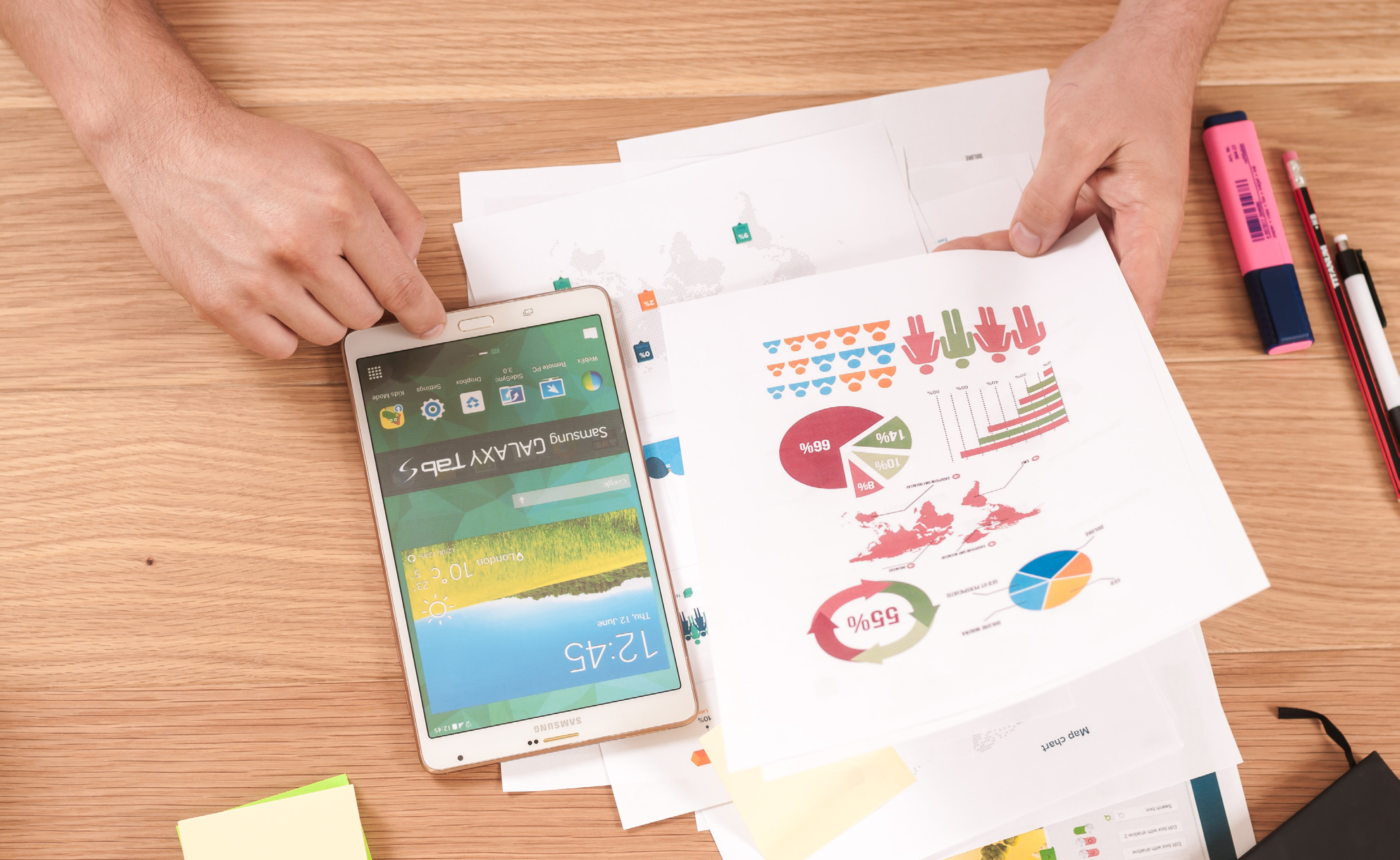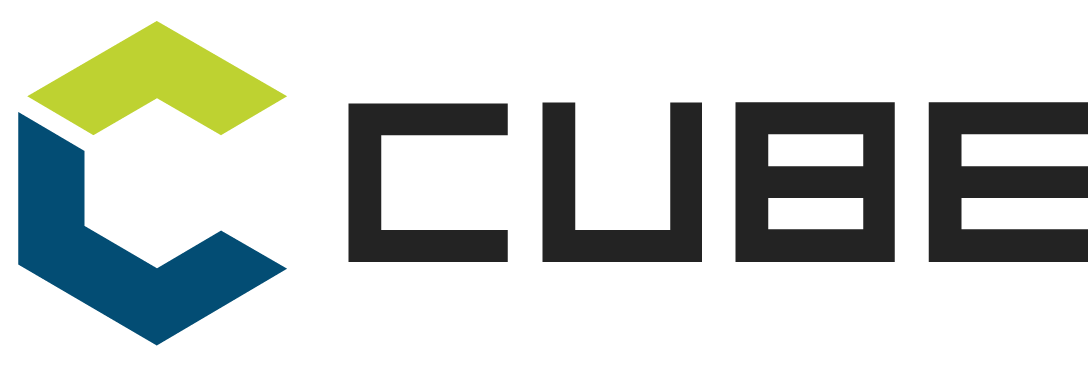
08 Jun In-house researchers are increasingly committing to big data and syndicated research
To in-house researchers, the past year has been a time of switching gears fast and furiously. But they also got lots of help. From digital tools and syndicated research, for instance.

Covid 19 has been ravaging our planet for about a year and a half now. Which has meant that businesses have had to adapt: social distancing, working from home and accelerated digitisation. Research into the behaviour of the consumer as well as into other subjects required both agility and making do: forget focus groups, long live digital connections. In a previous article, research agencies got to share their experiences. This time, ‘the other side’ has the floor. How have customers experienced this enforced corona-approach?
“As I see it, two major evolutions have developed”, says Katelijn Vanrespaille, Senior Global Consumer & Market Insights Manager at Barry Callebaut. “On the one hand, we have started using in-home tests, where we ask lead category users in their home about their behaviour. We already used to do this before corona, but now we have really progressed to video-interviews. On the other hand I started thinking about ways to use social scraping more often, about how we can detect patterns in big data. So in the past year we have been investing more in scan data – from Nielsen and IRI for instance – and then searching these for patterns.”
Here it should be noted that, as a global player, Barry Callebaut conducts a lot of consumer research, though Belgium is a market that is but seldom studied. For someone who works in Belgium but does research all over the world, video-interviews are evidently a great time-saving and economical survey method.
Syndicated research
We’re hearing similar comments from Myriam Snaet, Manager Market Intelligence & Consumer Insights at food ingredients producer Beneo: “We had some major research projects planned for 2020, which we put off until November 2020. After all, in the first phase of Covid-19, people’s shopping behaviour changed completely… Besides which, our research had already turned exclusively digital a while ago, precisely because it happens globally. So we were already using video for qualitative consumer surveys anyway. It is quite interesting to be able to see your respondents’ behaviour and moreover you can easily show these videos in a presentation, as that way you are also conveying an emotion.”
When Covid struck, Beneo also had been subscribing to a few databases providing syndicated research for a while. “They ask the same questions at regular intervals”, says Myriam Snaet. “It is very interesting to observe how the answers evolve, so these provide us with solid guidance.”
In addition, both Myriam Snaet and Katelijn Vanrespaille see this as a replacement for in-house research. Vanrespaille: “We considered doing additional consumer research during the crisis, but our market intelligence providers had already done it. We already had the data at our disposal.”
Digital becomes more varied
Of the research agencies both our interviewees spoke only in terms of high praise. “They were ready to go digital and they were able to switch quickly”, they say in unison. “The same goes for sensory tests”, Katelijn Vanrespaille adds. “The right protocols were drawn up, accompanied by the appropriate hygiene checks.”
That digital methods will keep gaining importance in the coming years is a certainty, as far as Myriam Snaet and Katelijn Vanrespaille are concerned. “Though some subjects will still have more impact or remain more truthful when tested in real life.”
Katelijn Vanrespaille also keeps a keen eye on the evolution of neuro research. “This is being refined even further and will certainly become more accessible.” Myriam Snaet is fascinated by do it yourself-research, which she sees as complementary: “The existing tools are not always that affordable. So it would be handy in case you want to ask a couple of simple questions or just check some detail or other.”
While in the past two years digital research has mainly meant online platforms or video, it will eventually be encompassing ever more varied fields: neuro-research, artificial intelligence, Google Glass… more and more emerging technologies will be introduced into this type of marketing. Which can only serve to delineate an even more accurate picture of the consumer…
